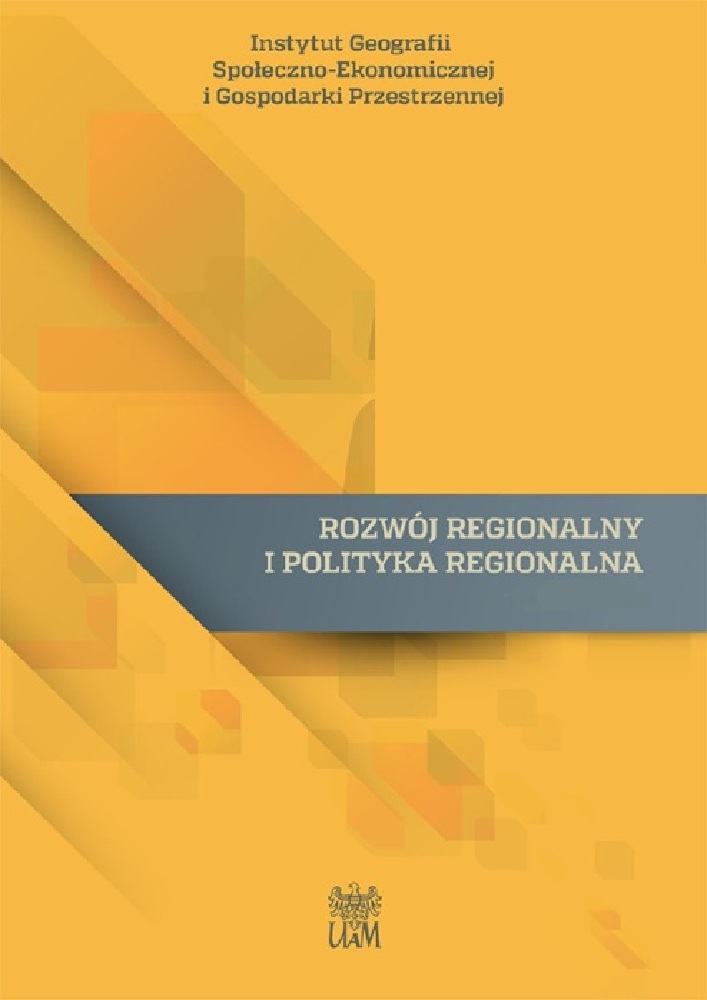Abstract
The presence of foreigners in Poland is yet a relatively unexplored phenomenon and an interesting research area. There has been an upward trend towards an increase of their population recently (within the last couple of years). It is self-evident that vast majority of migration is into cities. Therefore, the activityof foreigners contributes both to the social and structural changes and raises several questions about their socio-spatial assimilation. The attitudes of Poles towards aliens seem to be particularlyinteresting as well as ambiguous. Research and studies suggest that in large part the attitudes of Poles towards foreigners result from ethnic stereotypes and ignorance of other cultures. Hence, the signs of xenophobia are sometimes observed. However, more and more powerful process of globalization have been decreasing the importance of these stereotypes. There is an increasing interest in the problem of migration in Poland as well as a greater awareness and “openness to the world” shaped byper sonal experience, travels and media. This article aims to present a studyon the opinions and attitudes of the residents of the cityof Poznan (Poland) towards foreigners. The issues of the relationship in the direct vicinityand dayto dayhuman intercourse with foreigners in the Polish societyis going to be examined (e.g., the respondents were asked to identifythe characteristics associated with the selected groups of foreigners). Moreover, the research aims to indicate and assess factors that maycause aversion to foreigners. The data and information gathered with the use of the questionnaire will be presented in the conference speech. This will show the extent to which residents of Poznań are willing to accept foreigners in their own environment, including the question of their integration and isolation.
References
Ager A., Strang A. 2004. Indicators of Integration: Final Report. Home Office, London (http://homeoffice.gov.uk/rds/pdfs04/dpr28.pdf).
BerryJ.W. 1980. Acculturation as varieties of adaptation. [W:] A. Padilla (red.), Acculturation: Theory, modes and some new findings. Westview, Boulder, CO, s. 9–25.
Bosswick W., Heckmann F. 2006. Integration of Immigrants: Contribution of Local and Regional Authorities. European Foundation for the Improvement of Living and Working Conditions, Dublin (http://www.eurofound.europa.eu/pubdocs/2006/22/en/1/ef622en.pdf).
Burgess E.W., Park R.E. 1921. The introduction to science of sociology. University of Chicago, Chicago.
Entzinger H., Beizeveld R. 2003. Benchmarking in Immigrant Integration (Raport wykonany na zlecenie Komisji Europejskiej), Ercomer, Rotterdam.
Esser, H. 2000. Sozologie. Spezielle Grundlagen. Band 2. Die Konstruktion der Gesellschaft, Campus, Frankfurt–Nowy Jork.
Foncesca M., Mailheiros J. 2005. Social Integration and Mobility. Education, Housing and Health, State of Art. IMISCOE Cluster B5, University of Lisbon.
License
Copyright
© 2012 IGSEiGP, Uniwersytet im. Adama Mickiewicza w Poznaniu
OPEN ACCESS
